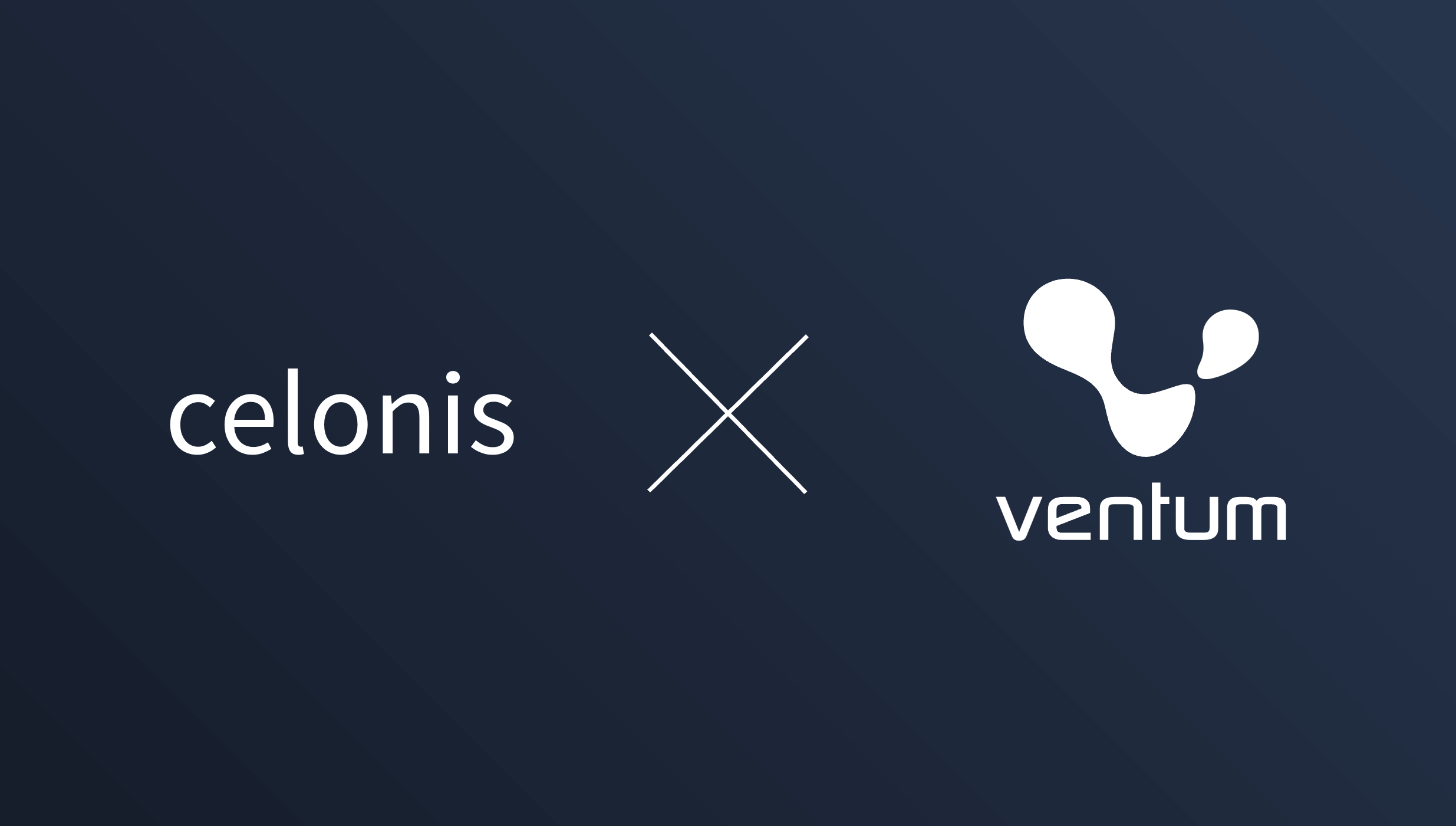- Veröffentlichung:
28.05.2025 - Lesezeit: 5 Minuten
Rethinking product development: agile transformation through incremental improvements during operation
Industry: Automotive OEM | Period: 9 months | Team size: 5 consultants
In times of disruptive upheaval – from global newcomers and geopolitical volatility to increasing sustainability requirements, electromobility and software-defined, highly individualized products – complexity is growing to a new level. The decisive step: a cultural shift towards agile structures and systematic process optimization. This is how innovative strength, outstanding quality and focused customer orientation merge into a powerful engine for forward-looking solutions – the foundation for a leading position in international competition.
To ensure long-term competitiveness, the overall vehicle development of a premium car manufacturer is being realigned: It is to become more adaptable, focused and responsive in order to react confidently to market changes today and tomorrow. A standardized, agile working model for around 3,000 employees – from management to teams – is at the heart of this transformation. Targeted coaching in agile methods and mindset is creating a common understanding that still leaves room for department-specific requirements. This cultural and methodological change has a lasting impact on day-to-day collaboration.
The Challenge
- Breaking down historically grown silos: Overall vehicle development operates in a highly complex network of different hierarchies and specialist areas. Historically grown silos and lengthy decision-making processes make value stream-oriented collaboration difficult and need to be broken down in a targeted manner.
- Anchoring change in ongoing operations: At the same time, the transformation must not slow down ongoing operations. Changes in working methods must be designed in such a way that they take effect seamlessly without jeopardizing productivity and time-to-market.
- Create a shared understanding of the target vision: A shared understanding of the new methods and tools is essential. Only if the added value of the agile way of working is clearly communicated and made tangible will the necessary acceptance and self-motivation be created in the team.
- Lack of complete transparency: Finally, transparency forms the backbone of agile organizations. Open insight into processes, responsibilities, resources and priorities ensures that everyone involved works on value creation in a targeted manner and that innovative strength is sustainably increased.
XY Product Owner Product sustainability
The Success Journey
01
02
03
04
The Impact at Launch
- Higher throughput – shorter time-to-market
Clearly defined processes, rituals and roles allow orders to be managed in an orderly manner, priorities to be set transparently and resources to be allocated in a targeted manner. This increases throughput, minimizes non-value-adding activities and noticeably accelerates time-to-market. This keeps the focus on value creation at all times, while decision paths become leaner. - Lean coordination: Minimized reporting effort, maximum focus
The effort required for coordination and reporting is significantly reduced if the right experts are always in contact at the right time. Endless meetings are no longer necessary, decisions are on the table more quickly and are immediately comprehensible for everyone involved. Within just two months, committee time was reduced by 15% – while maintaining the same level of quality. - Real-time transparency for agile resource utilization and risk minimization
In a volatile market environment, tool-supported transparency ensures optimal resource utilization and maximum flexibility. Everyone knows at all times who is working on which topics and which tasks are due next. Information rounds become superfluous, direct communication improves, costs fall and risks can be effectively minimized.
What is your next project?
Are you facing a similar challenge and would like to talk to our experts without obligation? Then get in touch with us today.





